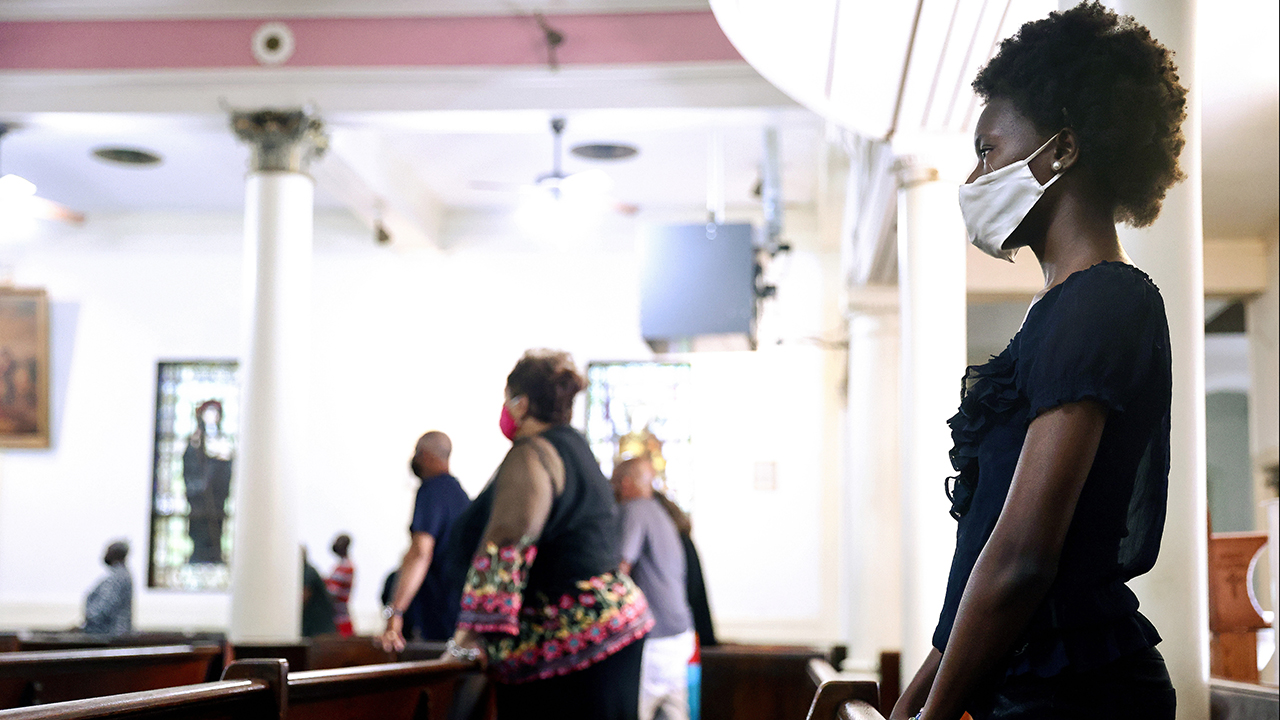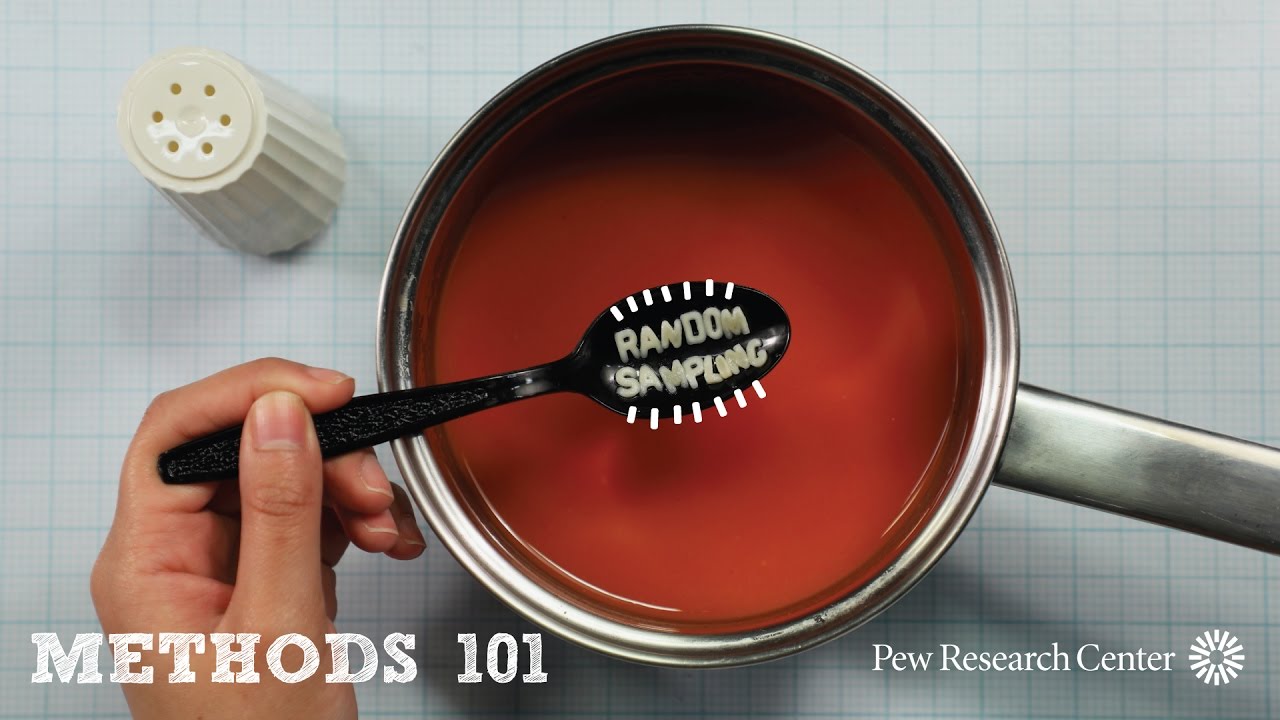
The total number of journalists assigned to state capitol buildings is up 11% since 2014, though figures vary widely by state. And as newspapers employ fewer statehouse reporters, nonprofits are filling much of the void.
Trust in American institutions is essential to the functioning of U.S. democracy. Yet today, many feel that trust is declining. So what impact does this have on American society?
We explore that question in our new five-part animated video series, which brings together the Center’s key findings about trust in the news media, elections, police, scientists and the economy.
72% of Americans have confidence in Ukrainian President Volodymyr Zelenskyy, higher than any other international leader asked about.
More than 3.7 million Ukrainians have fled to neighboring countries – the sixth-largest refugee outflow over the past 60-plus years.
About a third of adults (32%) say the U.S. is providing about the right amount of support for Ukraine, while a larger share (42%) says it should be providing more support; just 7% say it is giving Ukraine too much support.
Amid tensions over a possible military invasion of Ukraine, Republicans and Democrats are largely in agreement about the threats posed by Russia.
Americans in 2022 find themselves in an environment that is at once greatly improved and frustratingly familiar.
Americans are increasingly critical of the response to COVID-19 from elected officeholders and public health officials. Positive ratings of public health officials, such as those at the CDC, have fallen 10 points since August. And 60% of U.S. adults say they’ve felt confused as a result of changes to recommendations on how to slow the spread of COVID-19.
Churches and other houses of worship increasingly are holding services the way they did before the COVID-19 outbreak began.
Most Black Catholic churchgoers are racial minorities in their congregations, unlike White and Hispanic Catholics – and Black Protestants
Fewer than half of Black adults say they have a three-month emergency fund, and some have taken multiple jobs to make ends meet.
The U.S. Hispanic population reached 62.1 million in 2020, an increase of 23% over the previous decade.
Most Latino immigrants say they would come to the U.S. again.
“A record 23 million Asian Americans trace their roots to more than 20 countries … and the U.S. Asian population is projected to reach 46 million by 2060.”

The first video in Pew Research Center’s Methods 101 series helps explain random sampling – a concept that lies at the heart of all probability-based survey research – and why it’s important.


















